Japan has long been thought of as a safe country for residents and visitors, and this is also true for the LGBTQ+ community. However, while LGBTQ+ people do enjoy a high level of safety — and an increasing degree of acceptability within mainstream Japanese culture — there are still areas that need improvement. Today, we’ll go through a brief history of LGBTQ+ rights in Japan, and how they are today.
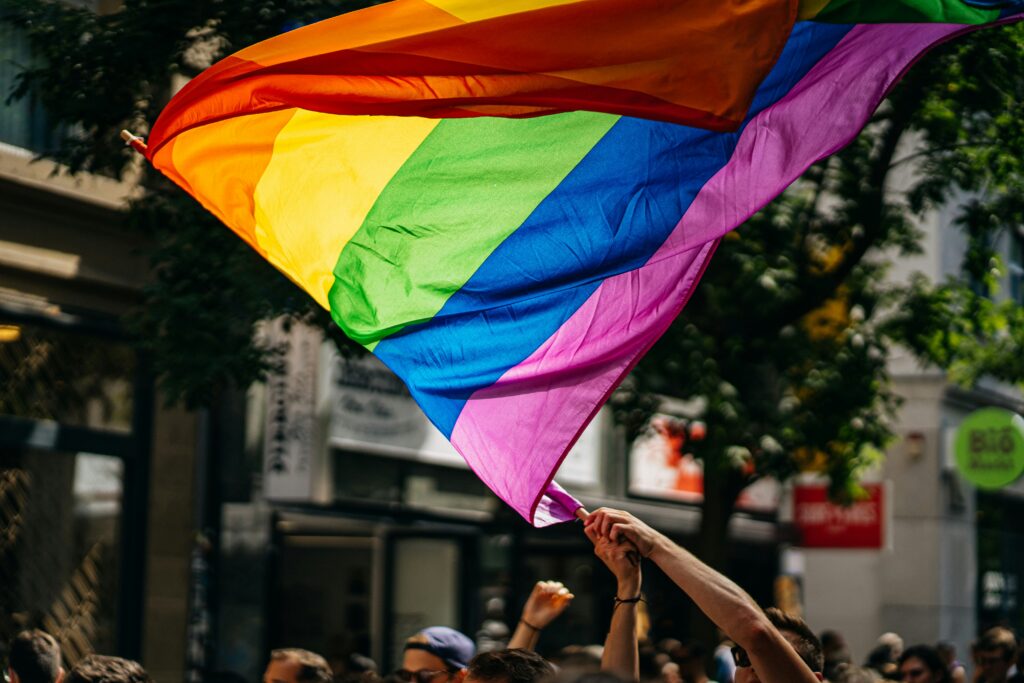
Early history of LGBTQ+ people in Japan
Homosexuality in Japan, for much of its history, was not precisely the mainstream, but nor was it necessarily taboo…for certain classes. Monks and priests, who had younger men as their apprentices, were also permitted to take them as lovers. The same was true of the samurai, who could also take younger men under their wing, and become sexual partners.
Love between women is less well-documented, perhaps because of the lower status that women were afforded in Japan for a significant part of its history, though it doubtless occurred.
As a result, homosexuality was, while not common, nevertheless relatively uncontroversial. The opening of Japan to the outside world in 1854 did lead to it being briefly criminalized, between 1872 and 1880, but the lack of concern for queer behavior saw the ban repealed.
Despite this, Japan’s cultural conservatism means that sexuality is something that was rarely discussed in public, and this continued through to the Showa period (1926 – 1989). To an extent, this does continue today, but there have been some major shifts in attitudes since the end of the Second World War — especially over the past few decades.
After 1945
In the post-war period, Shinjuku Nichome, an area in central Tokyo, became notorious as a red-light district, and became an area where queer people (though mostly men) could indulge their pleasures. As it suffered a poor reputation due to the abundance of sex work, rents were very low, and eventually, bars dedicated to LGBTQ+ people began to open. Following the criminalization of sex work, the area became the birthplace of what is now arguably Asia’s largest gay town.
Although visitors tended to do so in secret, over time, magazines by and for LGBTQ+ people started to be produced, such as Apollo, Adonis, and perhaps most significantly, Barazoku, or “rose tribe” (with “rose” in this context being equivalent to the English “pansy,” and used as a form of reclamation and defiance). Indeed, it was in the pages of Barazoku that the word yuri, or “lily,” was coined as a slang term for “lesbian” (though today it has more pornographic connotations).
However, during the ‘60s and ‘70s, a time when the gay rights movement was beginning in earnest in the West, Japan did not have such a concerted push for civil rights. This is in part because Japan, as mentioned, had no laws against homosexuality, and while violence against queer people (especially gay men) was not unheard of, it was not anywhere near as prevalent as in the US.
As such, without direct physical and legal oppression, there was no unifying cause or pressing need to create a civil rights movement on the same scale. While coming out could mean difficulties with one’s family or employer, because sexuality was (and to a large extent still is) considered a private matter, many LGBTQ+ people thought it was best to keep quiet about their sexuality.
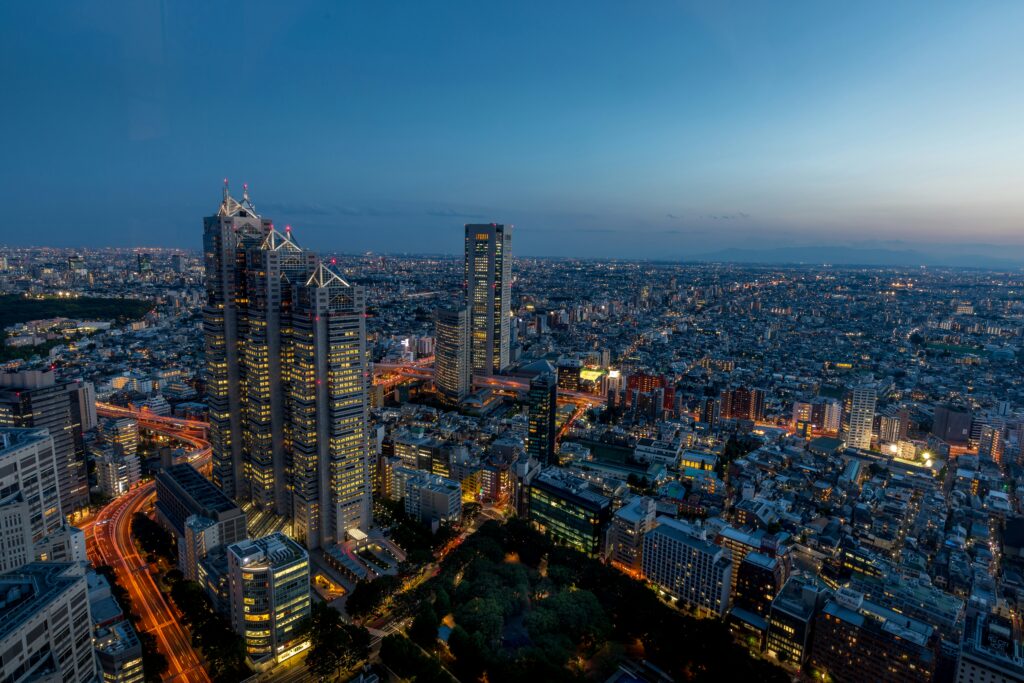
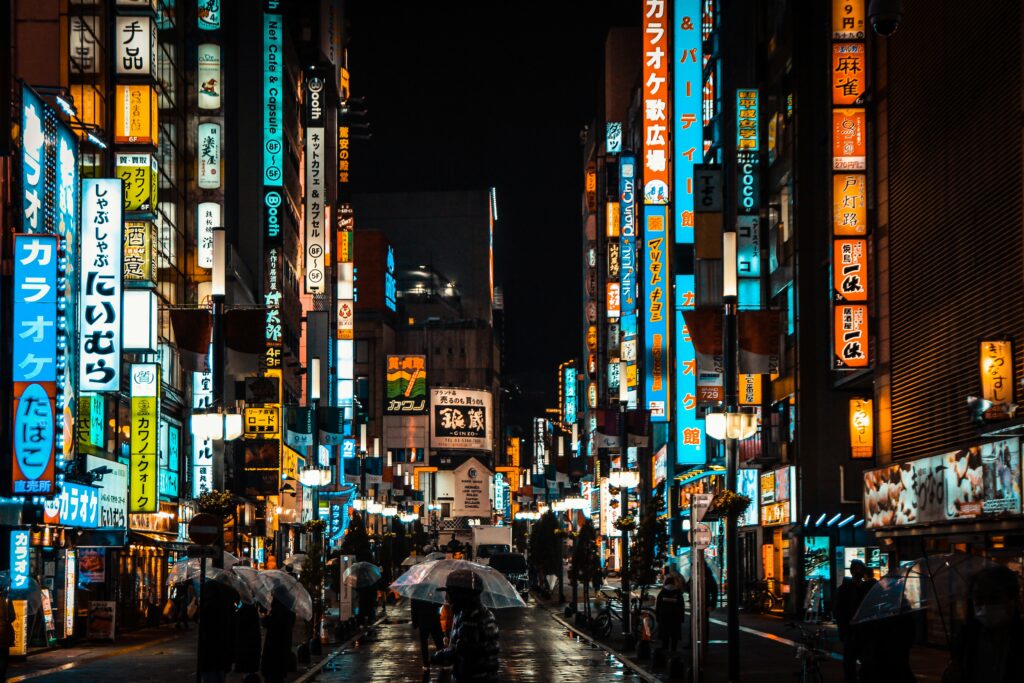
Growing acceptance
Through the ‘80s to the millennium, LGBTQ+ characters began to be portrayed in film, manga, and anime, though these were not always flattering depictions. Often, gay men were portrayed as perverted (and sometimes predatory) or incredibly camp, ridiculous figures.
However, there was a growing market for Boys’ Love (BL) and Girls’ Love (GL) manga, especially among women. This popularity continued to steadily grow into the 2000s, to the point where Ikebukuro, considered the women’s equivalent of Akihabara, became known as a hub for BL manga fans.
While gay caricatures, such as Hard Gay, were still staples of mainstream entertainment, over time, especially in the 2010s, a growing awareness of LGBTQ+ people and their struggles in Japan meant that the general population began to become more sympathetic and supportive. Today, nuanced depictions of LGBTQ+ people in popular culture are far more commonplace.
This shift is reflected also by the rise of openly queer celebrities, like Nana Okada, Kiko Mizuhara, and Shinjiro Atae, as well as the election of openly LGBTQ+ politicians, such as Kanako Otsuji and Taiga Ishikawa.
LGBTQ+ rights in Japan
As mentioned, there are no explicitly homophobic laws against LGBTQ+ people in Japan. However, the flip side of this is that there are few laws designed explicitly to protect queer people on a national level. Although the Constitution of Japan has provisions that should guarantee protection against any form of discrimination, the lack of explicit laws means that it can happen.
Further, Japan remains the only country in the G7 not to recognize same-gender unions. This is a major problem for many LGBTQ+ couples, as it means basic things, such as inheritance rights, are not afforded to them in the same way as they are for heterosexual couples.
However, the past 10 years have seen some significant strides. Introduced in Shibuya in 2015, LGBTQ+ couples can now apply for a Partnership Oath Certificate, issued and accepted by the ward as proof of the couple’s commitment to one another.
Since then, the same system has been rapidly adopted by other local and municipal governments throughout Japan. In addition, newly created networks that promote mutual recognition of issued certificates beyond their local jurisdictions means that over 90% of Japan now offers these Partnership Oath Certificates. While they do not have the power to legally compel companies to offer the same benefits that they would to married couples, or prevent landlords from discriminating against potential tenants, many who hold the certificates happily report that the vast majority of their experiences have been positive.
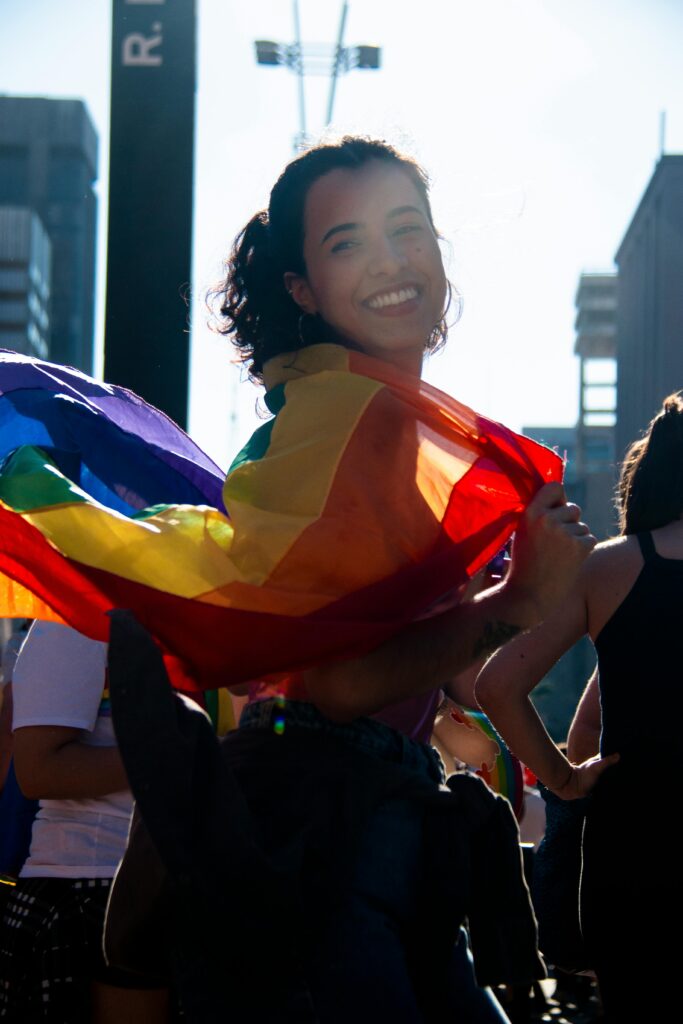
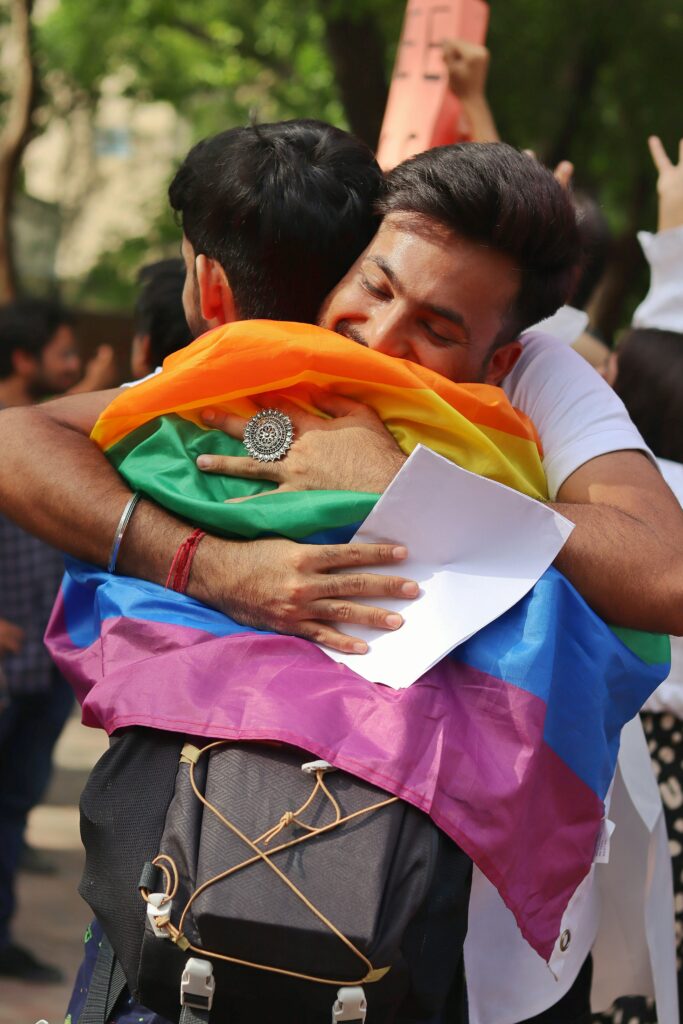
Shinjuku Nichome: Japan’s premier gayborhood
Anyone who lives in Japan will tell you that the gay scene begins and ends with one word: the aforementioned Nichome. A small part of the larger Shinjuku ward, although it is only a few blocks in area, it has over 300 LGBTQ+ bars, clubs, and restaurants, making it arguably Asia’s largest gay district. No matter what your tastes, you will find something to tickle your fancy in this little area with a big heart.
The most common type of bar in Nichome are shot bars. Despite the name, this doesn’t mean that it is for shots of liquor exclusively. Rather, it means that the bar is Western in its payment style: when you buy a drink, you pay there and then. These are as opposed to snack bars, where you pay the bill at the end, and are usually entertained by a “Mama-san.” Despite the name, in Nichome, many Mama-sans are men!
Because the trains in Tokyo do not run after around midnight, the party in Nichome goes on all night, especially on weekends. It is not unusual to see posters advertising the 2 a.m. debut of a go-go boy or drag queen! There are many cheap love hotels in the area as well, just in case you need a place to lay your head — or if you’ve had an especially good evening!
With that, I hope you have learned a little about the LGBTQ+ scene in Tokyo, and the history of queer people in Japan as a whole. If you wish to know more, there are several articles for you to peruse at the Japan Gay Guide, including a list of top bars and clubs in Nichome. See you there!
